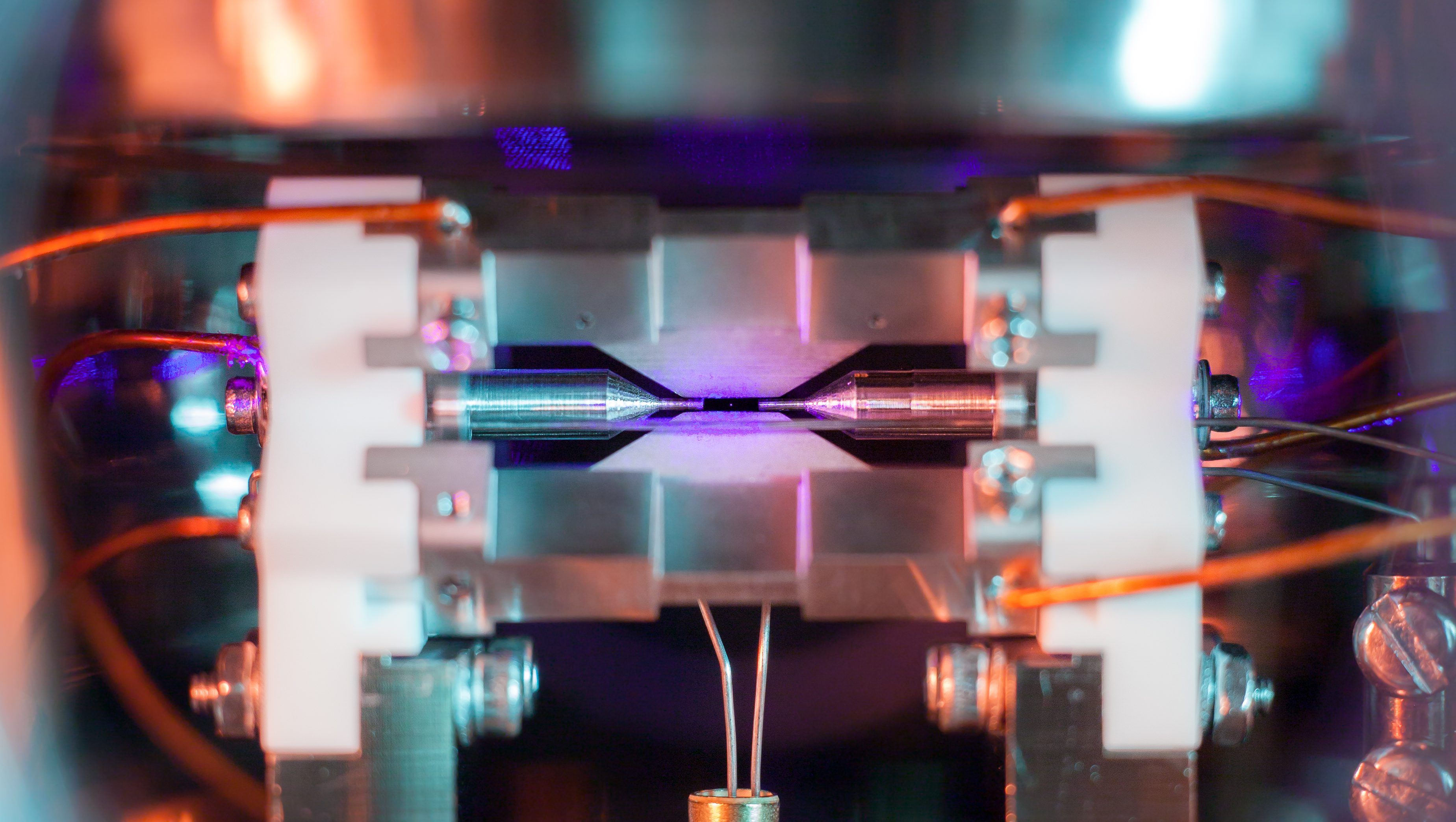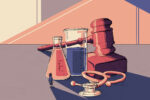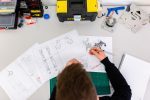A picture of an atom was taken by David Nadlinger, a student at the University of Oxford participating in an Engineering and Physical Sciences Research Council competition.
Nadlinger’s image was awarded first place in the Equipment and Facilities sector of the competition on Tuesday; his image also won first place overall.
According to the BBC, the student took a picture of an atom suspended by metal electrodes. The lighting, as well as the camera’s exposure, made it possible for the camera to capture the atom.
The atom, the earliest version of which was discovered by J.J. Thompson and developed by Ernest Rutherford, has widely been considered as something too small to view.
Now, thanks to Nadlinger’s image, atoms, the components that “are the basic units of matter and the defining structure of elements,” are visible to the human eye.

The Oxford student’s photograph was inspired by his desire to create a direct connection between the microscopic aspects of our world and our reality.
“The idea of being able to see a single atom with the naked eye had struck me as a wonderfully direct and visceral bridge between the miniscule quantum world and our macroscopic reality,” he said. “A back-of-the-envelope calculation showed the numbers to be on my side, and when I set off to the lab with camera and tripods one quiet Sunday afternoon, I was rewarded with this particular picture of a small, pale blue dot.”
The image is not only the first of its kind, it also gives scientists hope for scientific developments in the future.
Nadlinger told Gizmodo reporters that sharing his work and engaging people with his research was the best part of the competition for him.
“It’s exciting to find a picture that resonates with other people that shows what I spend my days and nights working on,” he said.
Professor Dame Ann Dowling, a judge in the competition and president of the Royal Academy of Engineering, finds breakthroughs from student projects extremely important.
“Much of this work will lead to innovations that transform lives and, in this Year of Engineering, it’s marvellous to see these great examples of transformational research,” she said.

















